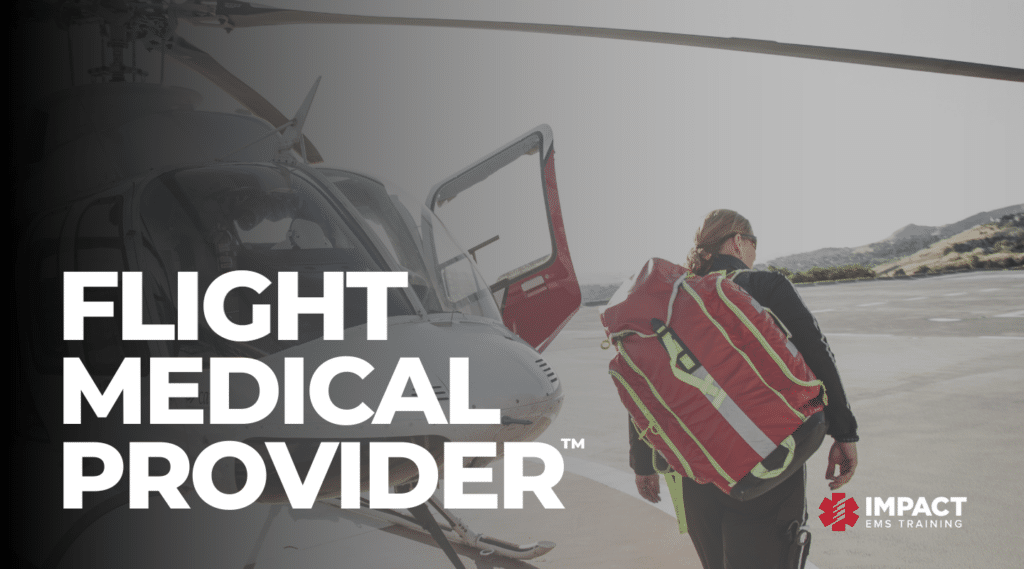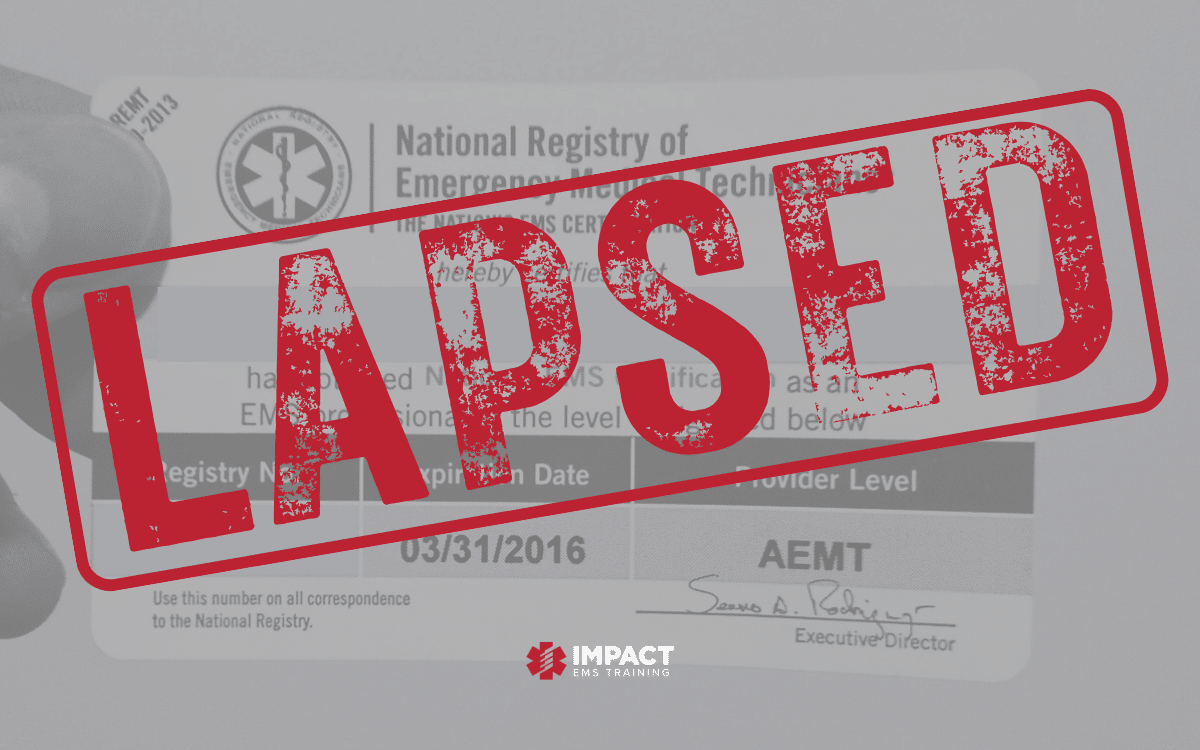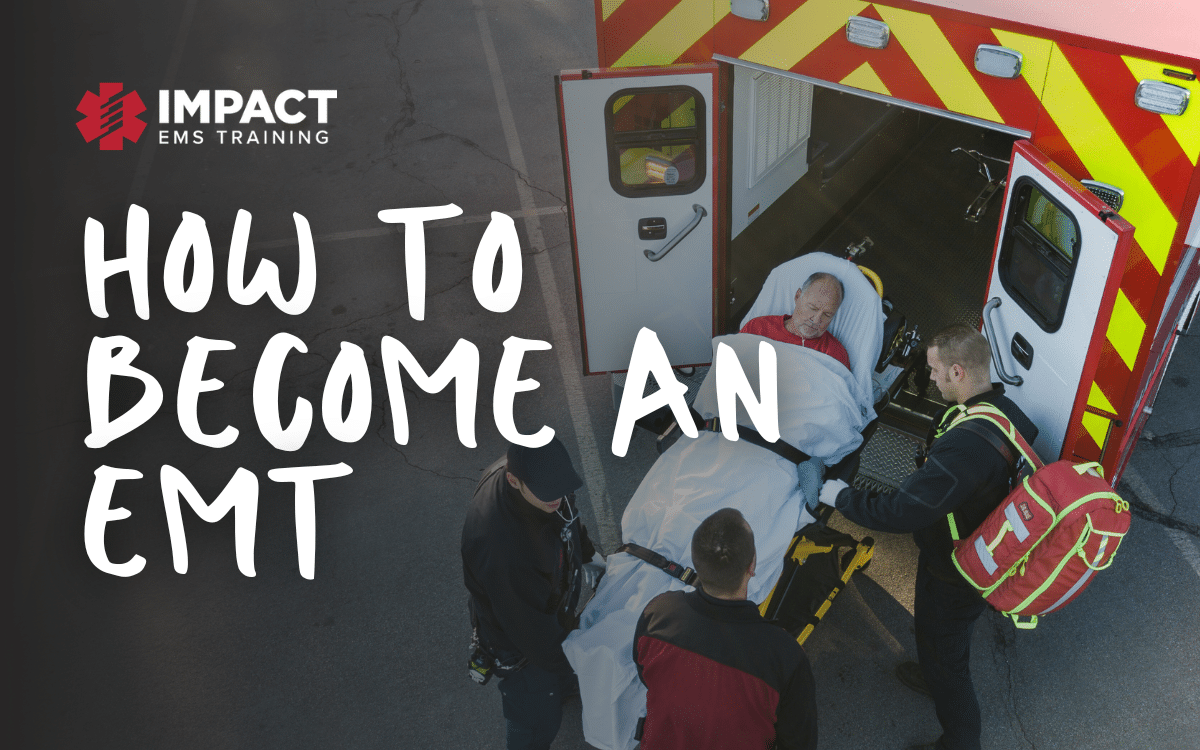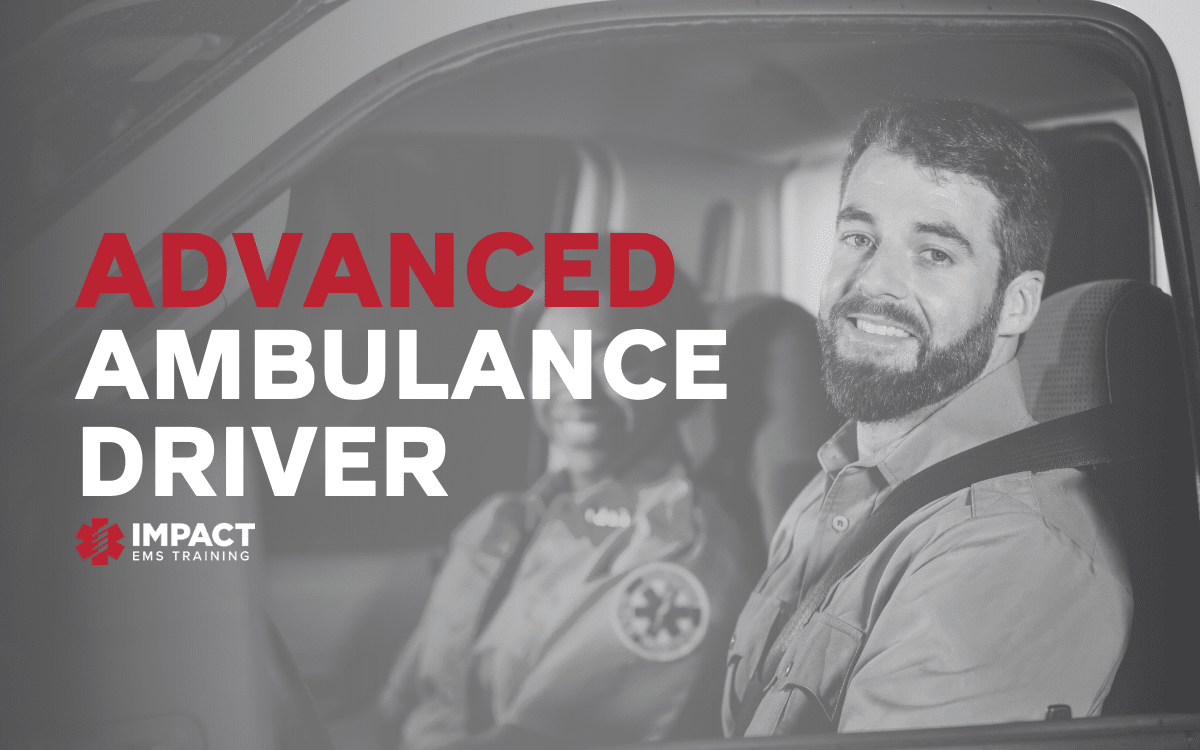Who Needs a Traction Splint?
Jeremy Singleton, RN CFRN CCRN CEN NREMT
The human femur takes an enormous amount of force to break and is, therefore, an injury often associated with some of the higher acuity patients seen in emergency medicine.
The kinetic energy necessary for such an injury, along with the close proximity of major vessels and nerves, provides an opportunity for significant bodily harm. These patients require a surgeon in most cases, so what are we to do as prehospital clinicians?
Traction splints.
Figure 1, Hare traction splint.
The traction splint has been around since the 1800s with a fair share of modifications and improvements since. There is still a wide variety in use today as more compact and easier to use products continue to roll out. Traction splints use a combination of straps, rigid poles, and mechanical advantages to provide a pulling force to the affected leg.
The loss of a supporting structure for the large muscles of the leg will often cause the upper leg to “collapse” as the muscle pulls the two broken halves together. This can be extremely painful but also very dangerous as the two sharp fractured ends sit unsupported in soft tissue. The force of the traction splint works to put the bone back into natural alignment while also preventing excess movement.
This natural alignment provides the necessary support for the muscles as well, easing painful spasms.
Figure 2, Slishman traction splint.
This all sounds great, what does the evidence say?
Oddly enough, the evidence supporting traction splints for midshaft femur fractures isn’t quite the slam dunk you’d expect it to be.
The limited amount of retrospective evidence available illustrates the unfortunate reality that in most cases we don’t use them (Runcie and Greene, 2015)(Syme 2020). Hard to get supporting evidence if we don’t actually have any data. The cases where they were used generally showed no change in morbidity or mortality.
On the other hand, the use of a traction splint was associated with fewer blood products infused and a shorter hospitalization (Syme 2020).
Figure 3, Sager traction splint.
Non-invasive = no risk, right?
In this case, the risks associated with using a traction splint appropriately are rather low, but not exactly zero.
There have been documented cases of nerve palsies due to the amount of force required and the placement of straps/tethers/anchors with contraindicating injuries (Campagne et al., 2020). Traction splints come in many different variations, each with its own unique methods of application and operation.
As with any other tools we utilize on the job, training is of utmost importance to ensure proper and efficient application. The indirect risk of taking a long time to apply a traction splint to a patient who needed surgical intervention can certainly bear negative consequences down the road.
Figure 4, Kendrick traction splint.
Who gets a traction splint?
The answer to this question is going to be a little murky, directly reflective of the quality of evidence we have so far on the topic.
There are many factors that cannot be excluded or consolidated as they vary too broadly among different services. This includes but is not limited to your mode of transport, traction device, transport times, patient acuity, and resources. Some calls may have resources available to place a splint while other interventions are being done for a patient that will see a long transport. Other times, you could be at the hospital before you have a chance to dig it out of the truck.
Traction devices can be an excellent adjunct in the care of trauma patients and should be used whenever there is an opportunity for benefit that can be accomplished relative to their acuity. Most of all, know your equipment and become proficient in applying the device in order to minimize complications including potential delays in patient care.
References
- Campagne, D., Cagle, K., Castaneda, J., Weichenthal, L., Young, M., Anastopoulos, P., & Spano, S. (2020). Prehospital Traction Splint Use in Midthigh Trauma Patients. Journal of emergencies, trauma, and shock, 13(4), 296–300. https://doi.org/10.4103/JETS.JETS_152_19
- Hare Traction Splint. Galls. (n.d.). Retrieved November 5, 2021, from https://www.galls.com/dyna-med-hare-traction-splint.
- Kendrick traction device. Ferno. (n.d.). Retrieved November 5, 2021, from http://www.ferno.com.au/products/emergency-and-rescue/immobilisation/traction-splints/kendrick-traction-device-%28ktd%29
- Runcie, H., & Greene, M. (2015). Femoral Traction Splints in Mountain Rescue Prehospital Care: To Use or Not to Use? That Is the Question. Wilderness & environmental medicine, 26(3), 305–311. https://doi.org/10.1016/j.wem.2015.01.006
- Sager Form III splint. Armstrong Medical. (n.d.). Retrieved November 5, 2021, from https://www.armstrongmedical.com/products/sager-form-iii-splints/.
- Slishman Traction Splint. Medical Warehouse. (n.d.). Retrieved November 5, 2021, from https://www.emsstuff.com/slishman-traction-splint/.
- Syme, K. (2020). Are you pulling my leg? Does the use of traction splints in the pre-hospital management of patients with femur fractures reduce the complications compared to traditional splinting?. Australasian Journal of Paramedicine, 17. https://doi.org/10.33151/ajp.17.769
Impact EMS offers accredited certification and refresher courses in one trusted location. Fully prepare for certification exams and maintain licensure with skill building credits.








